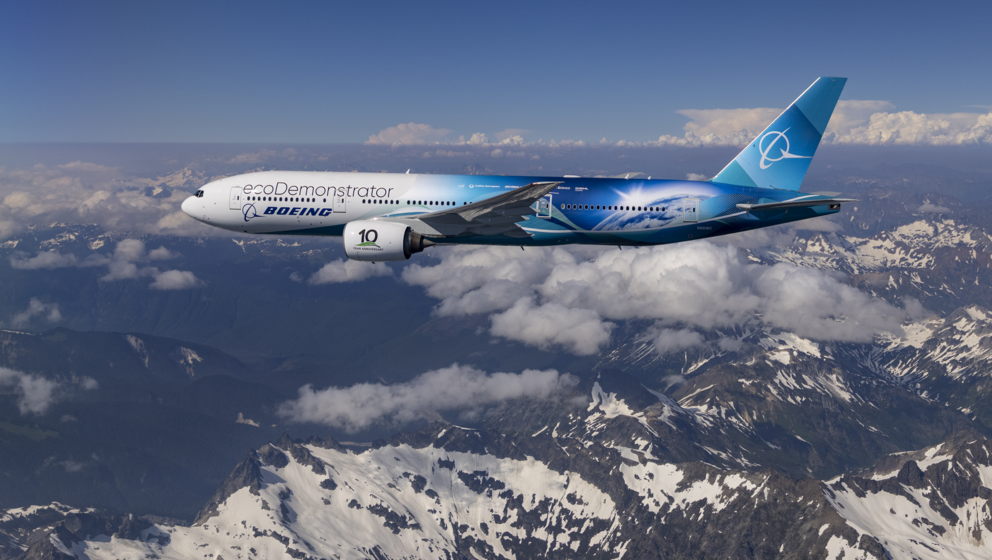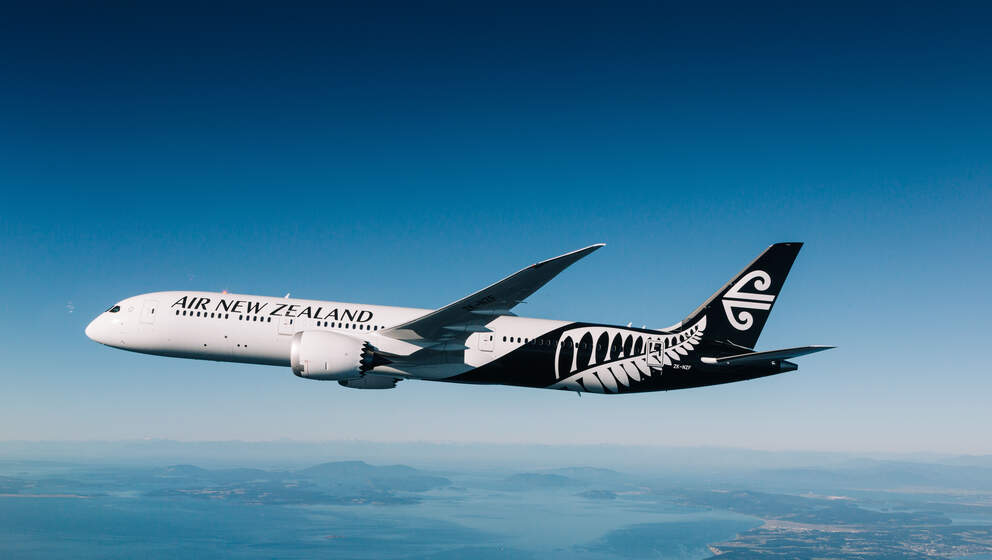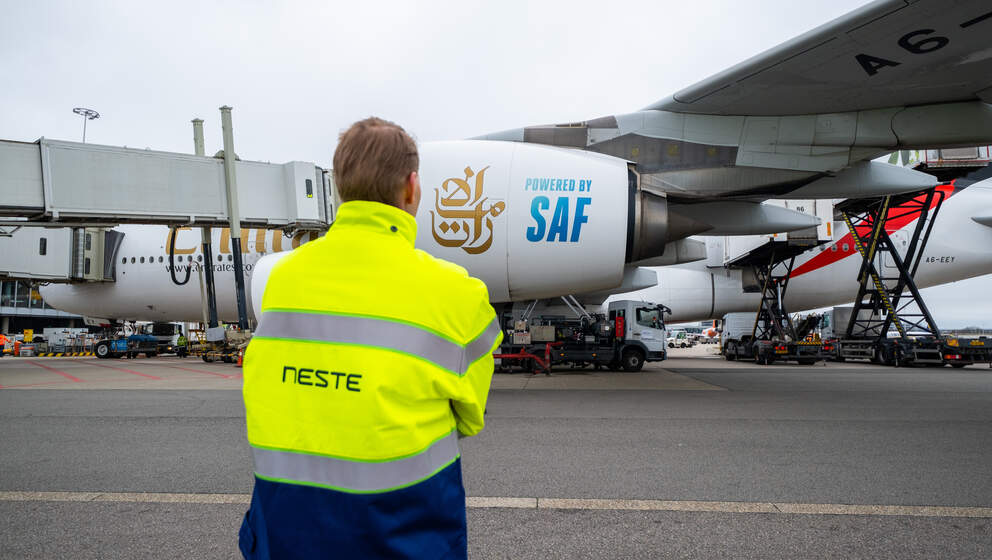The future of aviation: the next hundred years
Illustrations: Brett Ryder
Aviation is changing as technology, economics, and new global realities combine in ways that are as exciting as they are challenging. So what will the future bring? Aviation specialist Satu Dahl examines the century to come.
Expect to learn:
How the global aviation industry is addressing its impact on the environment.
What solar electric propulsion projects NASA and several airlines are working on.
How revolutionary aircraft such as the Flying-V, Airlander, and Overture will be changing the future of aviation.
How the development of innovative materials and structures are leading to aircraft that morph their geometry in real time according to changing conditions.
Just how likely it is that we’ll see a zero-carbon flight in our future.
It’s now possible to become a citizen of the world’s first space nation, Asgardia.
The biggest challenge for aviation in the century ahead is sustainability.
Possible futures
Futurologists often overestimate the pace of change in one technology, but underestimate others with at least as much impact.
Into the middle distance: The next 50 years
Space is a valuable R&D environment for technologies
Sustainable propulsion technology is becoming a holy grail in commercial aviation.
The zero-carbon planes of tomorrow?
Airlander is designed to provide the ability to connect remote places, opening up new opportunities in logistics, transportation, and disaster relief.
HAV is confident it can achieve a completely zero-carbon Airlander within the next 10 years.
Aircraft of tomorrow
Take a sneak peek at the weird and wonderful designs putting sustainability at the leading edge of air transport.
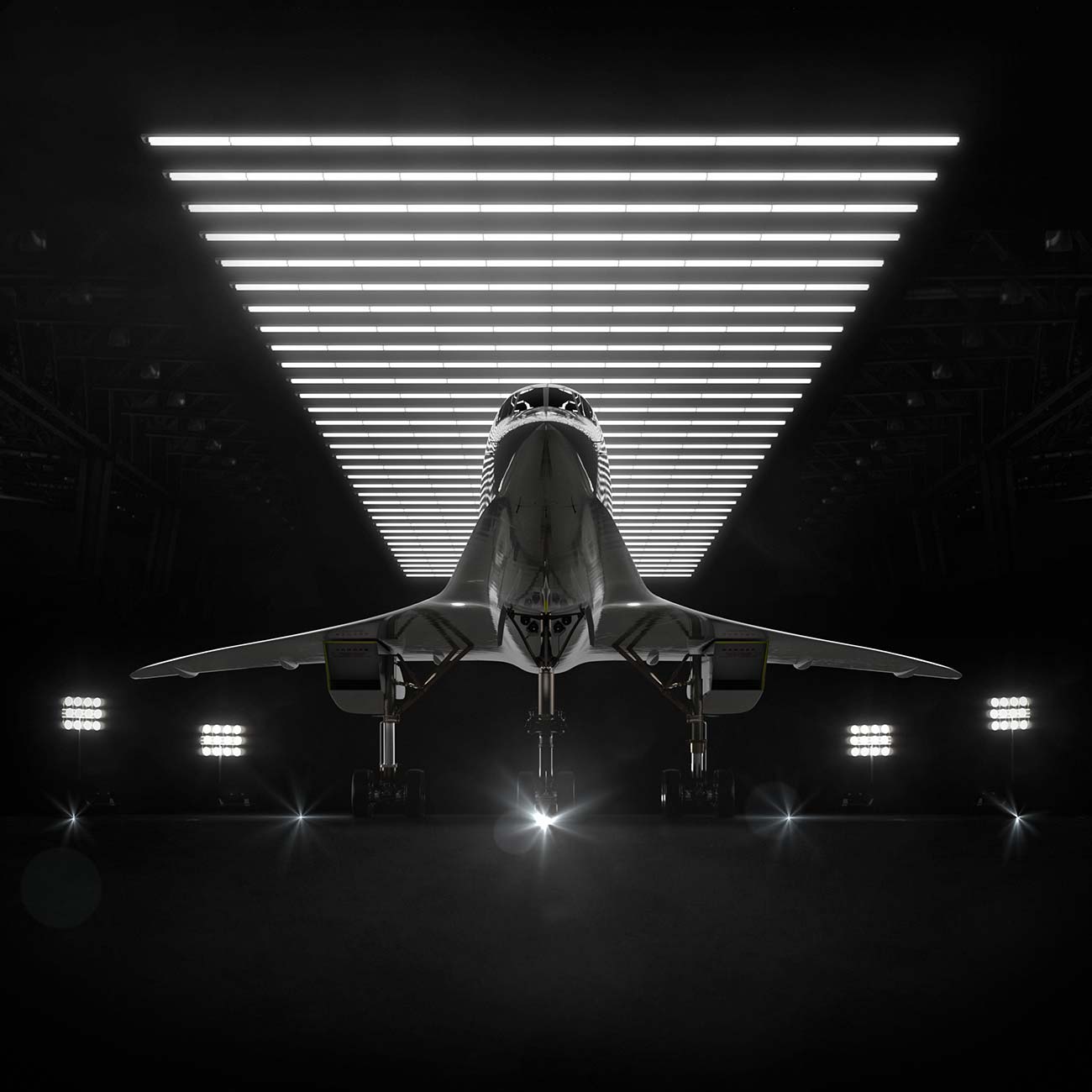
US-based Boom’s sleek, 55–75 seat commercial airliner the Overture,
is now through its design phase. Boom is testing its cutting-edge technologies
on the futuristic-looking XB-1 demonstrator airplane.
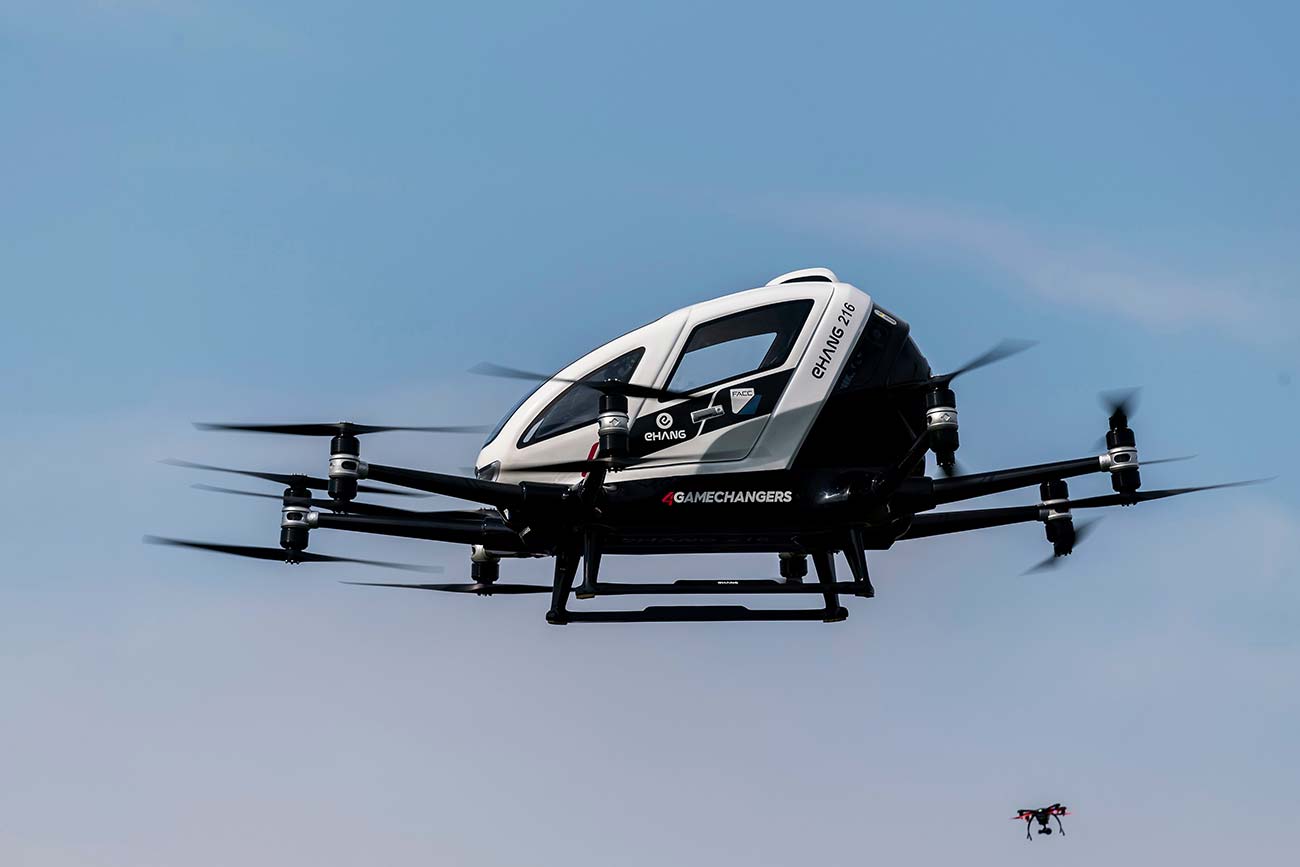
Personal Air Vehicles were always regarded as utopian fantasy.
The technology is here now.
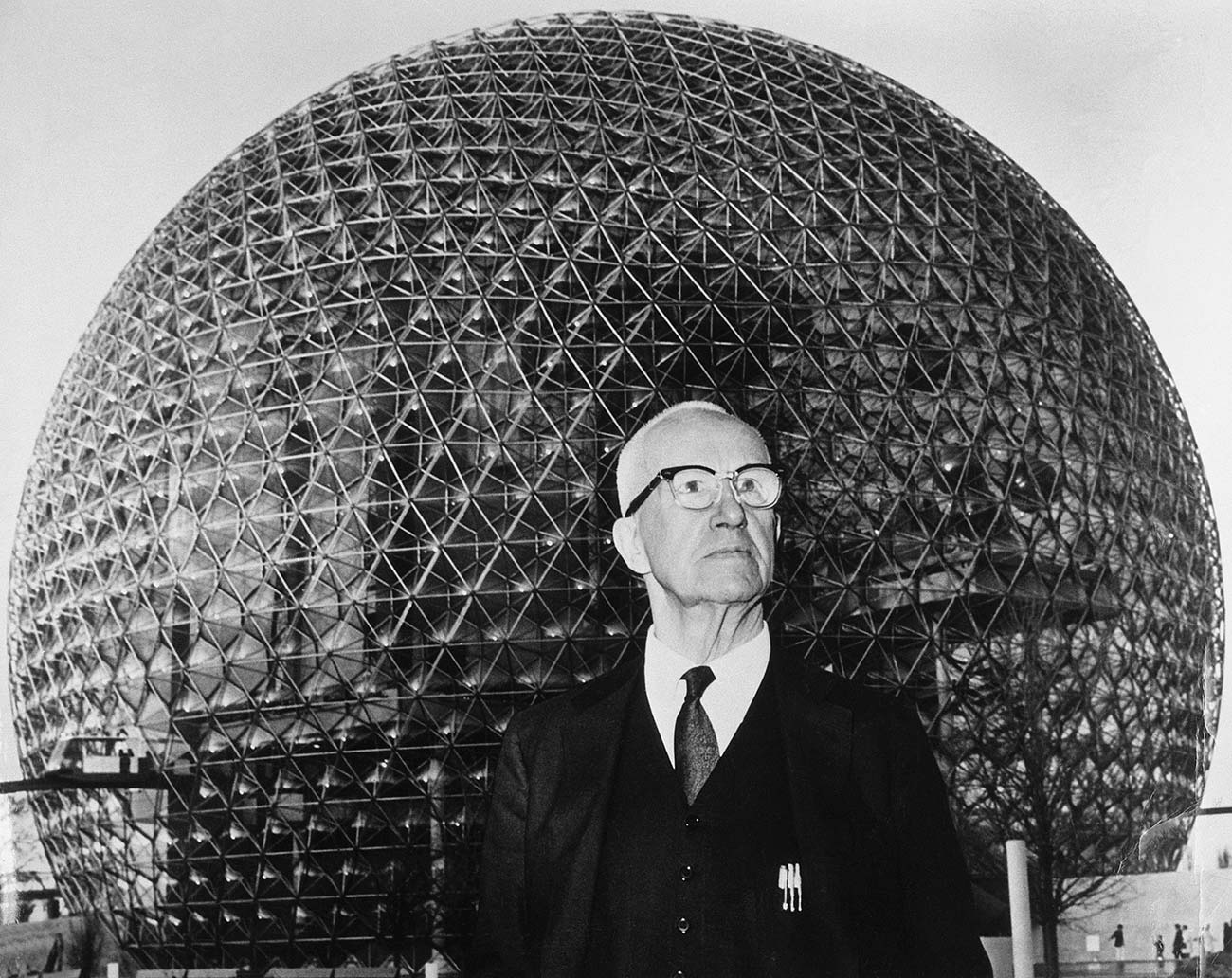
Buckminster Fuller’s geodesic domes have been influential for the
new wave of aviation technologists and designers.
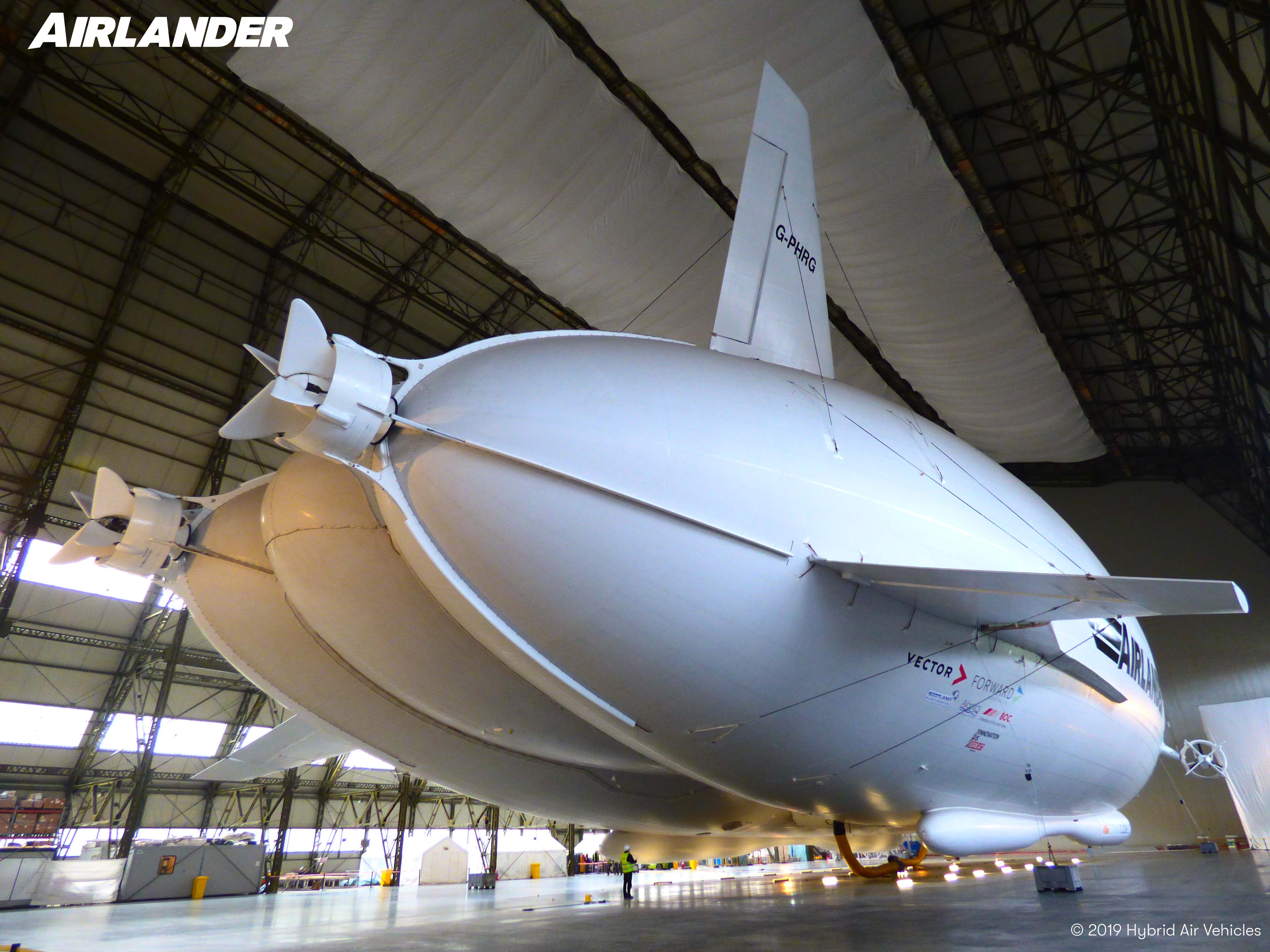
fixed-wing aircraft and helicopters. Its developer Hybrid Air Vehicles
is committed to flight with zero carbon emissions.
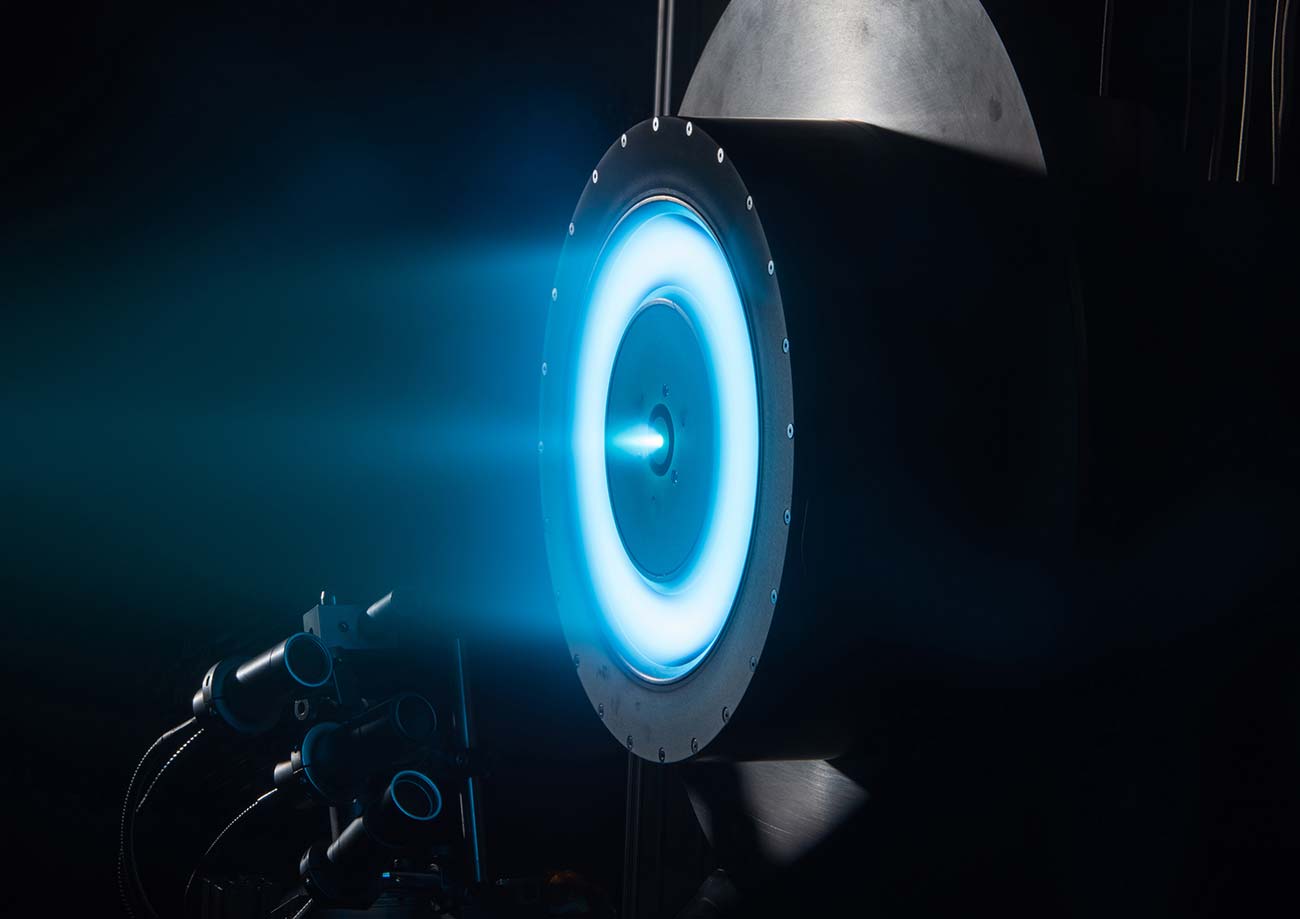
technologies to extend the length, range and capability of flight in space.
The lighter, the better
New high-performance composite materials, structures, and manufacturing methods will be critical for achieving reductions in aircraft mass.
There are genuinely revolutionary ideas on the drawing board–like a shape-shifting aircraft.
Fuelling a brighter future
“It should be possible to completely power these flights with sustainable aviation fuel well before the end of this century.”
Material benefits
“There are many raw materials with potential. Algae oils and municipal solid waste are certainly relevant options.”
Flown by algorithm
“The future of the aviation industry and the agenda for its growth will be dominated by sustainability issues.”
“The future lies not with circling around Heathrow for 20 minutes but with AI being used to resolve air traffic.”

